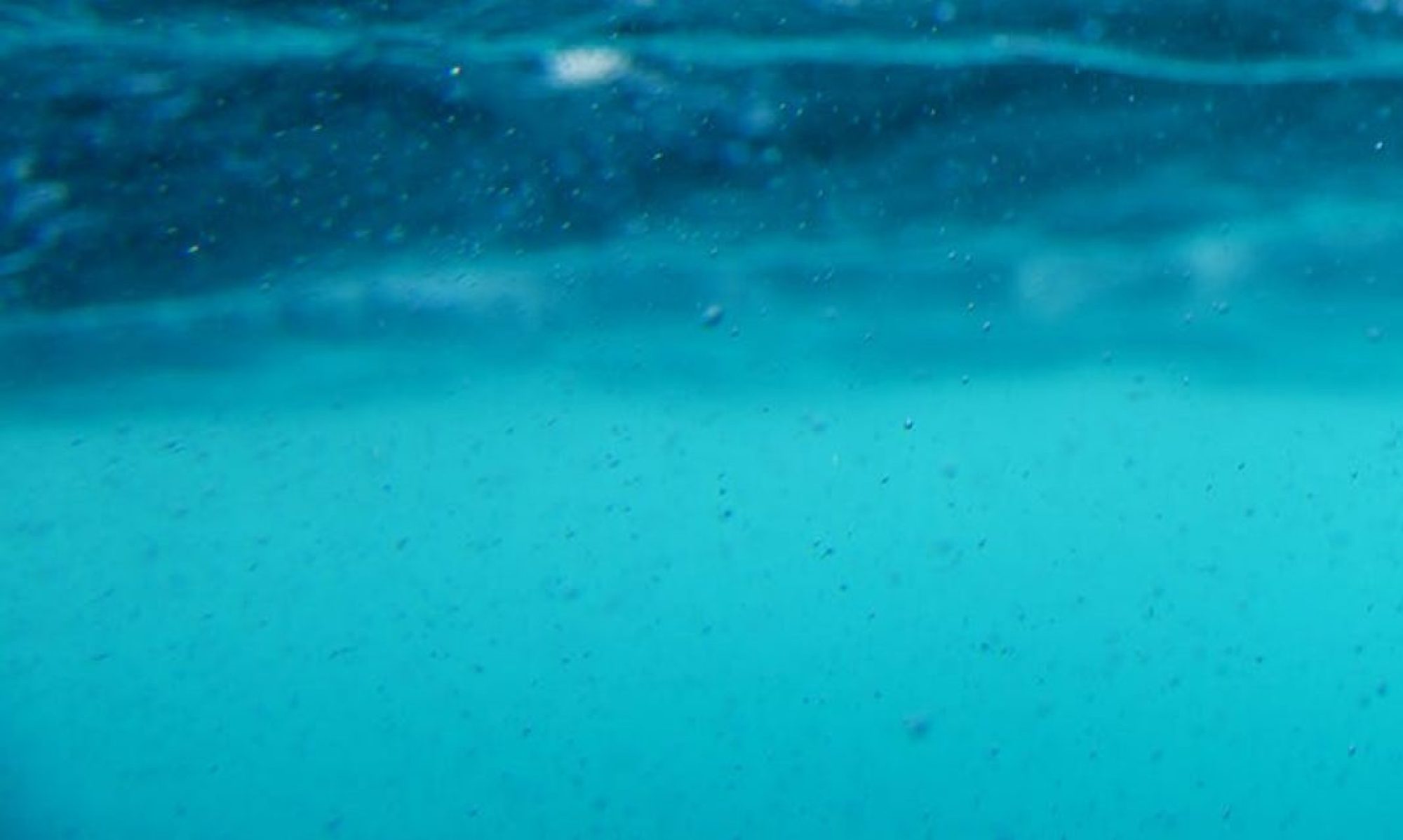A few weeks ago, I found myself sitting at a desk in the back of my classroom. My students sat quietly, each working to complete the test before them, and it was one of those rare moments where I could just relax, observing everything around me. I took a deep breath. I’m a high school English teacher. This is my classroom. It’s a Tuesday.
And as I looked around, I noticed all the birds. It’s been organic, I might say, but I’ve collected quite a few over the years. My oldest is a large drawing of Harper Lee’s To Kill a Mockingbird, the book cover with a ball of string and the tree’s knot hole. I also have a smaller mockingbird picture, more recently given to me. There’s a scarlet ibis, often mistaken for a flamingo, that one of my students painted for me after reading the story by James Hurst. Of course, I have a few ravens. One is a cardboard prop I made long ago, and every year while teaching “The Raven,” I run across the floor, jump as high as I can, and slap it to the wall above my door. Sometimes it stays there all year. A couple years ago a student painted me a portrait of Edgar Allan Poe with a raven superimposed on his face, so that’s up there on my front wall too. That’s a total of five birds, but there’s more. This year, I finally learned how to string the origami cranes that I make with my students as part of their study of Hiroshima by John Hersey, and some of those hang from the ceiling.
All this gets me thinking about animals in literature. In addition to those already mentioned, we read Jack London’s The Call of the Wild and “To Build a Fire” almost every year. Sometimes we read The Bean Trees by Barbara Kingsolver, which uses lots of bird symbolism. There’s Of Mice and Men, too, where Steinbeck describes the death of Candy’s old dog at the hands of Carlson. And of course, when I think about epic stories and animals, Moby Dick rises to the surface.
The raven, however, might be the most recognizable of these literary creatures. After all, only one sports team, the Baltimore Ravens, is named for a poem about a fictional animal. I find this very satisfying, and I think Poe would be honored. That bird, most indeed, refused to fly away, and never-nevermore did Poe find a better symbol for despair that just doesn’t quit.

But there’s another favorite of mine, Henry David Thoreau’s muskrat.
In recent years, this muskrat has become more sentimental to me than ever. It’s found a home with me alongside the other animals. And whereas my last post about Thoreau focused on a passage from the beginning of Walden, the relevant passage here comes from the last few paragraphs of the book. Thoreau writes, “The life in us is like the water in the river. It may rise this year higher than man has ever known it, and flood the parched uplands; even this may be the eventful year, which will drown out all our muskrats.” I just love this passage, especially for its stark contrast to the raven.
Whereas Poe’s raven is all about hopelessness, the narrator’s failed attempt to recover from the despair caused by a dead lover, Thoreau’s muskrat is a symbol of hope. He says “the life in us is like water in the river,” trying to make us understand there’s always more, always greater possibilities within the confines of our lives. And those pesky habits, those troubles we’ve come to live alongside like varmints in our house, those “muskrats” so to speak—well, Thoreau says, yes, we can get rid of those. To me, that’s so hopeful. Perhaps that’s the most powerful lesson in all of Thoreau, one which Poe’s biography, to the best of my understanding, suggests he never seemed to learn. We can change our lives. We can drown our muskrats.
The picture included with this week’s post is located at the end of a 1951 edition of Walden published by W. W. Norton & Company, which was illustrated by Henry B. Kane. He is known for his nature drawings. The muskrat seems to be afloat, at least for the moment, while the flood waters rise.

Good read, although Im certain that ravens are real bird. The Floyd one was great as well.
LikeLike